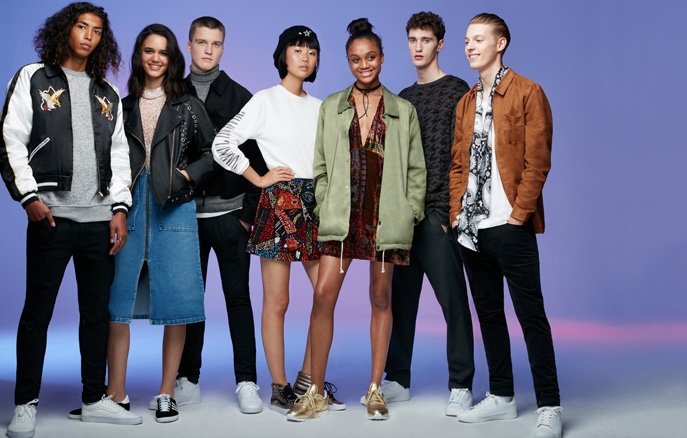Online Shopping is Influencing Fashion Trends

The online shopping experience is a new phenomenon and one that is growing increasingly more influential with more shops moving from brick-and-mortar to the online digital space. There are many reasons that online shopping has become so successful but as enhancements are being made to the online retail experience – this trend continues to grow and evolve.
Online retailers such as ASOS or Revolve have come out as major industry players in recent years due to such practices and efficient online interfaces. As sites such as these become more user-friendly, more and more people are turning to the online space to find their fashion wares.
Some of the trademark benefits of shopping online are abilities such as having such a broad scope of brand and product availability, filters, advanced imaging techniques to see the products ‘up close’, as well as creative and evolving plans of expedition and return that make it easy to both buy and return from the comfort of one’s own home. Due to aspects such as these, shopping online is becoming the most efficient and preferred way to find and purchase fashion items. And sadly stores that have not jumped on the bandwagon (or done so too late), have fallen behind in terms of revenue retention or even closed up shop altogether.
However, this phenomenal trend in the online retail space has not come about without a significant ripple effect. For starters, what actually sells online largely hinders the ability of the interface to convey its attributes, or what ‘reads well’ onscreen. With so many choices in the online marketplace, a brand must have a clear and strong online presence in order to compete. In this sense, technology is having a great effect on what sells. This usually ends up being brightly colored pieces, structured lines and graphic prints. Items such as solid black or white pieces, or those with small prints (such as pinstripe), have a much greater challenge of grabbing attention and being readable online.
Patterns such as these have been evident in recent years with the popularity of trends such as color blocking, neon, graphic prints, strong shoulders, etc. Online retailers understand that these elements have a tremendous effect on what sells online and, as a result, are shaping many of their collections to be “editorial” enough for the online shopping scene. Many have even implemented scrolling images or even video runways so that the viewer can see how a piece moves or hangs on the body and to engage the consumer even more so to feeling like it is a “realistic” shopping experience.
If retailers wish to compete, they need to understand the importance of the online shopping experience as well as how items are perceived online.







